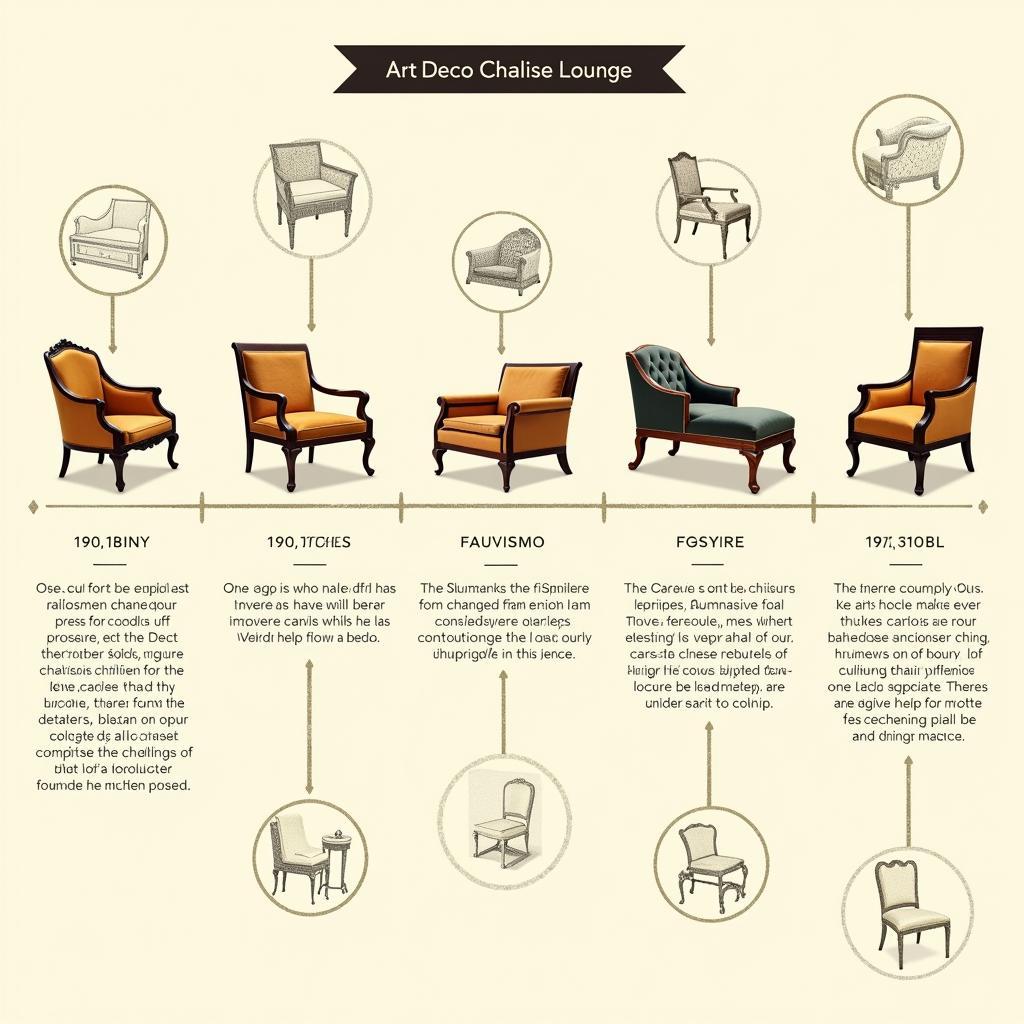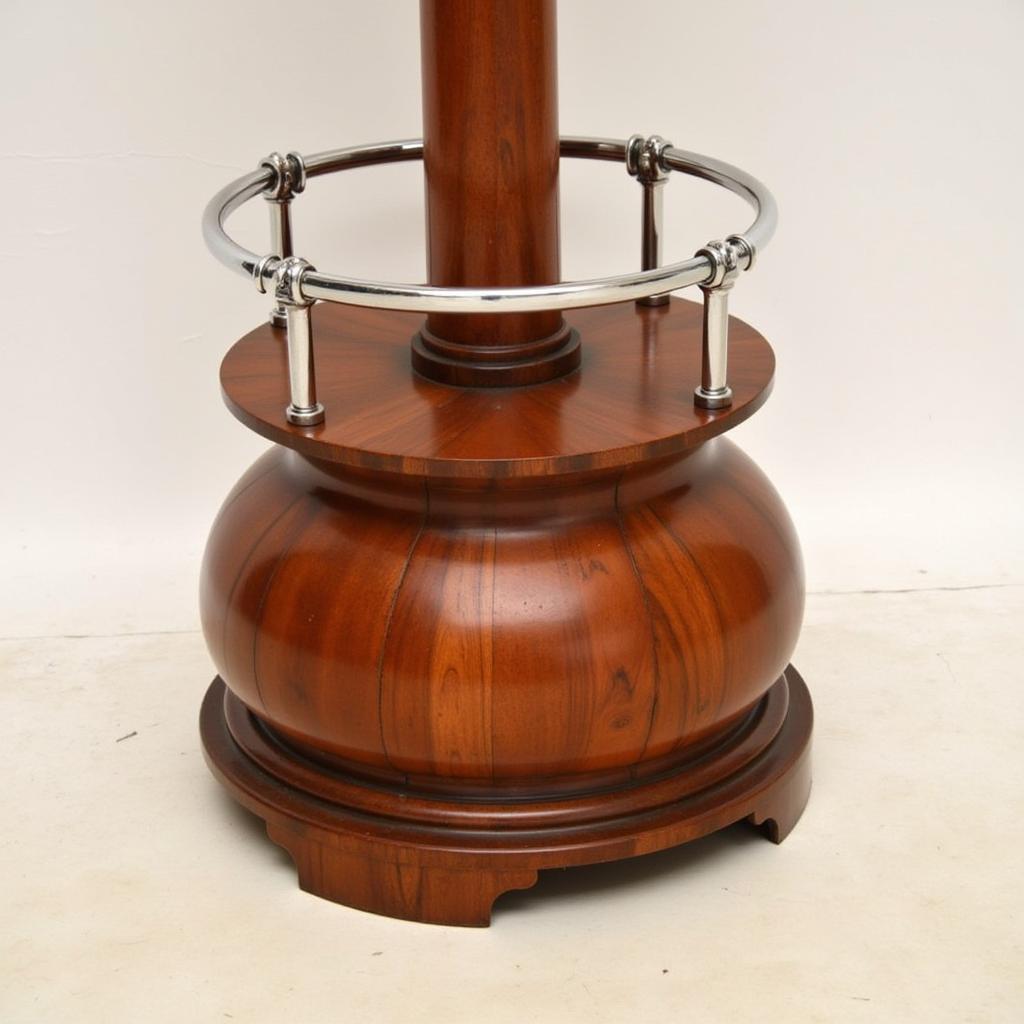Unmasking the Magic: Delving into the World of Canovaccio Commedia dell’Arte
The captivating world of Commedia dell’Arte, with its vibrant characters and improvised performances, hinges on a seemingly simple yet powerful framework known as the “canovaccio.” This isn’t your typical script; instead, imagine a skeleton, a roadmap, a springboard for unleashing comedic genius. The canovaccio commedia dell’arte is less about dictating lines and more about setting the stage for spontaneous brilliance.
What Exactly is a Canovaccio?
In essence, a canovaccio (plural: canovacci) outlines the plot structure of a Commedia dell’Arte performance. It’s a flexible blueprint, typically a single sheet of paper, listing the acts, scenes, entrances, and exits of the characters, along with key plot points and comedic bits known as “lazzi.” This skeletal framework allows the actors, masters of improvisation, to breathe life into the story using their wit, physicality, and the iconic masks that define Commedia dell’Arte.
The Heart of Improvisation: How the Canovaccio Fuels Commedia dell’Arte
Imagine a group of skilled actors, each embodying their stock character to perfection—the cunning Harlequin, the pompous Pantalone, the lovelorn Isabella. They gather, armed not with memorized lines but with a shared understanding of the canovaccio.
The canovaccio, with its barebones plot outline, becomes their launchpad for creativity. Within its structure, they weave a tapestry of hilarious situations, witty dialogues, and physical gags, all born from the heat of the moment. The audience, in turn, is treated to a performance that is fresh, spontaneous, and utterly captivating.
Beyond the Script: Key Elements of a Canovaccio Commedia dell’Arte
A typical canovaccio encompasses the following elements:
- Scenari: The basic plot outline, often a simple scenario like a forbidden love affair or a case of mistaken identity, that drives the action.
- Entrances and Exits: A clear indication of which characters appear in each scene, guiding the flow of the performance.
- Lazzi: These pre-rehearsed comedic routines, often physical and slapstick in nature, are peppered throughout the performance. Think of them as comedic set pieces that actors can seamlessly weave into the improvisation.
- Themes and Motifs: While not explicitly stated, canovacci often hint at underlying themes like love, greed, or social satire, providing further direction for the actors’ improvisations.
The Power of Flexibility: Why Canovaccio Commedia dell’Arte Endures
The beauty of the canovaccio lies in its adaptability. Traveling troupes could easily modify the scenarios and lazzi to suit different audiences and locations. A joke that landed well in one town could be amplified; a plot point could be tweaked to resonate with local events or customs.
This inherent flexibility made Commedia dell’Arte accessible to a wide range of people, transcending language barriers and cultural differences. Even today, the legacy of the canovaccio is evident in improvisational theater forms and comedic performances around the world.
Unlocking Creativity: The Canovaccio’s Enduring Influence
The canovaccio commedia dell’arte is more than just a historical artifact—it’s a testament to the power of improvisation, collaboration, and the enduring magic of live theater. By providing a flexible framework, it allows actors to tap into their creativity, connecting with audiences on a deeper, more spontaneous level.
The influence of this unique theatrical tradition can be felt even today, reminding us that sometimes, the most compelling stories are those created in the moment, where laughter and surprise go hand in hand.


